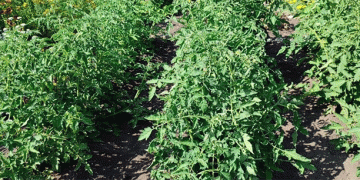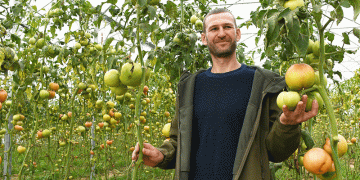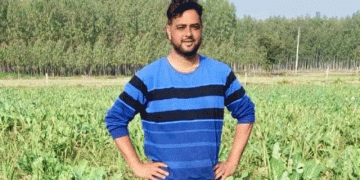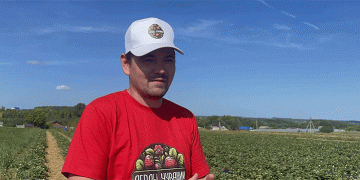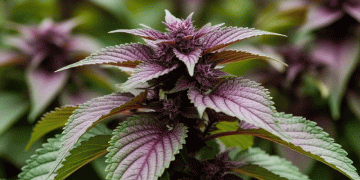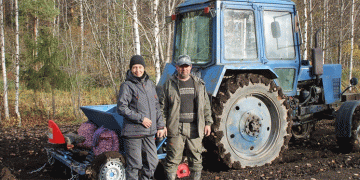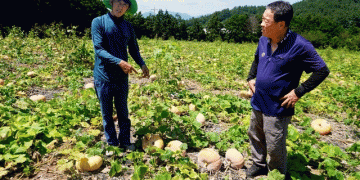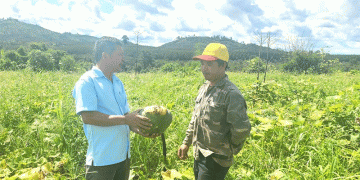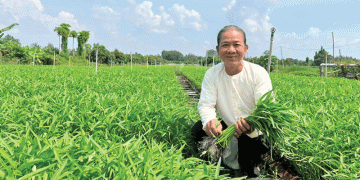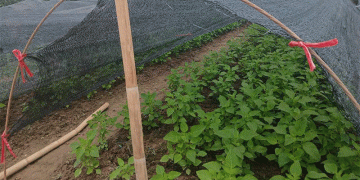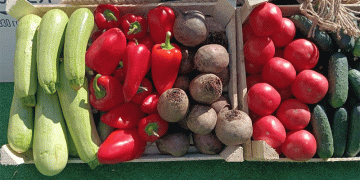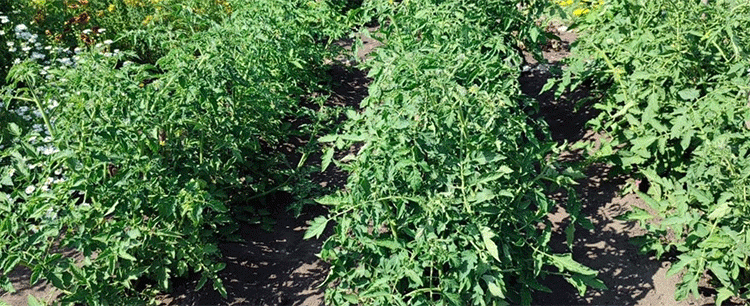The agricultural sector in Tatarstan is demonstrating remarkable efficiency and strategic foresight in the current harvest season. According to Republic Minister of Agriculture Marat Zyabbarov, the campaign is in full swing across multiple key crops. The most striking progress is in the oilseed sector, where 117,000 hectares of rapeseed (74% of the planted area) have already been harvested. The work on sunflower and soybeans has just begun, with a significant 340,000 hectares of these crops still to be combined.
The data from the vegetable and potato fields is equally compelling. Potato digging is nearly halfway complete, with 45% of the area (2,500 hectares) harvested at an impressive yield of 306 centners per hectare (approx. 32.8 tons/acre). Simultaneously, vegetable harvesting has seen 530 hectares cleared with a yield of 192 centners per hectare (approx. 20.6 tons/acre). These figures, particularly for potatoes, indicate the successful adoption of high-yielding varieties and precision farming techniques.
However, the most telling indicator of Tatarstan’s strategic agricultural pivot is the explosive growth in soybean cultivation. Minister Zyabbarov highlighted a dramatic increase: from 8,000 hectares in 2023 to 62,000 hectares sown in the current season—a nearly 675% expansion. This move aligns with a broader national and global trend. The demand for plant-based protein is rising steadily; according to a 2024 report by the Food and Agriculture Organization (FAO), global oilseed production must increase to meet food, feed, and biofuel needs. Tatarstan’s focus on soybeans and rapeseed positions its farmers to capitalize on these strong market fundamentals.
Tatarstan’s 2024 harvest data reveals more than just successful fieldwork; it showcases a deliberate and data-driven transformation of its agricultural profile. By aggressively diversifying into high-value oilseeds like soybeans and rapeseed while maintaining strong productivity in traditional vegetable and potato sectors, the region is building a more resilient and profitable agricultural economy. This model, balancing diversification with intensified yields through technology, provides a valuable case study for farmers and agronomists aiming to optimize their operations in a fluctuating global market.
